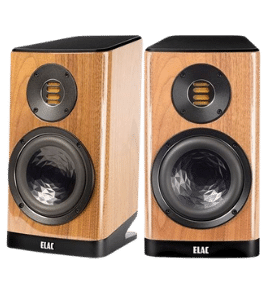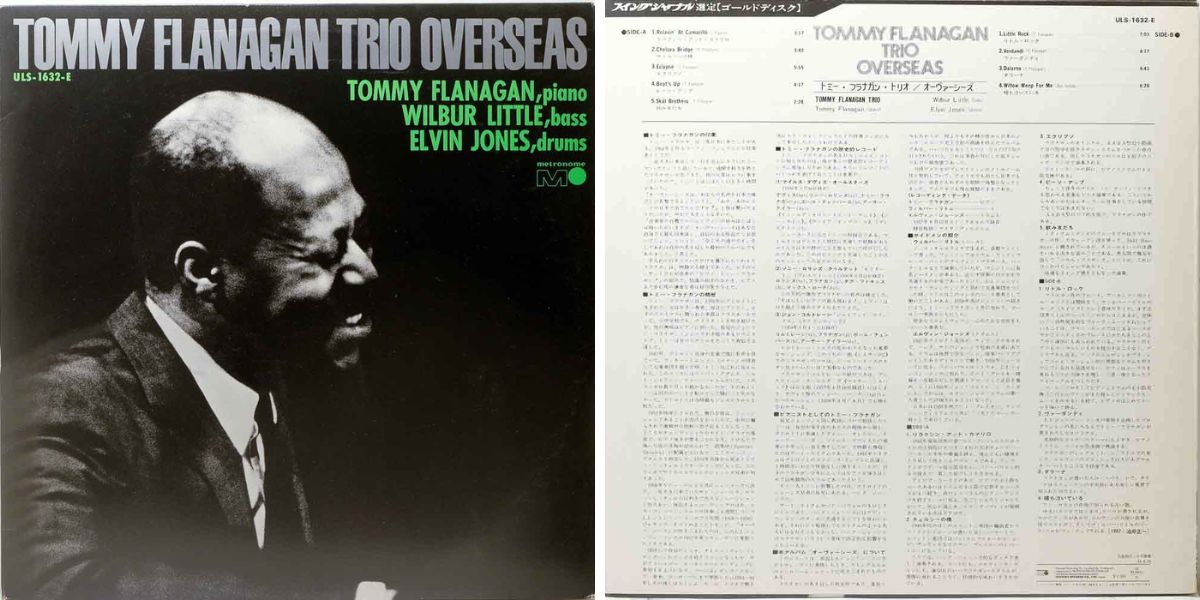LP REVIEW: the art and poetry of the jazz trio, with Tommy Flanagan Trio – Overseas (1959)
METRONOME, MONO, 1978 JAPAN RE-ISSUE, ULS-1632-E (ORIGINAL ON PRESTIGE PRLP 7134, 1958)
LABEL
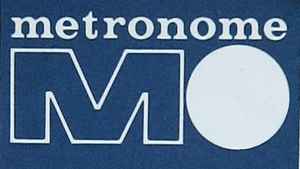
Brothers Anders and Lasse Burman and their friend Börje Ekberg met in a recording studio in Stockholm in 1949 and decided to start a jazz record label – they called it Metronome.
The company opened offices in Sweden, Denmark, and Germany. They managed to hold on until the late eighties but in the end, they either folded or were taken over by companies like WEA (later Warner) and Universal.
In the 1950s, Sweden, and in particular, Stockholm with its jazz clubs, was considered the center of European jazz (I bet Paris would have objected to that :-).
Interesting factoid: almost all recordings in Sweden in the 1950s were issued on EPs, the smaller-sized 7″ 45rpm records, we used to call singles. Metronome released about 500 albums during the 50s, most of them jazz. Not to worry, our review record is a plain old 12inch, 33rpm, with a nice red label.

Metronome was quite a force in Scandinavia and beyond, someone even wrote a book about them.

Before we discuss Artist & Music. I wanted to show you something. This album is not called ‘Overseas’. Yes, I know it says so. But…I have the Analogue Productions re-issue – which they did in Mono on 200gr vinyl in 2012 – and it faithfully reproduces the original 1957 jacket design. As you can see it’s quite different from this particular Japanese re-issue – note the clever way the design displays the title.
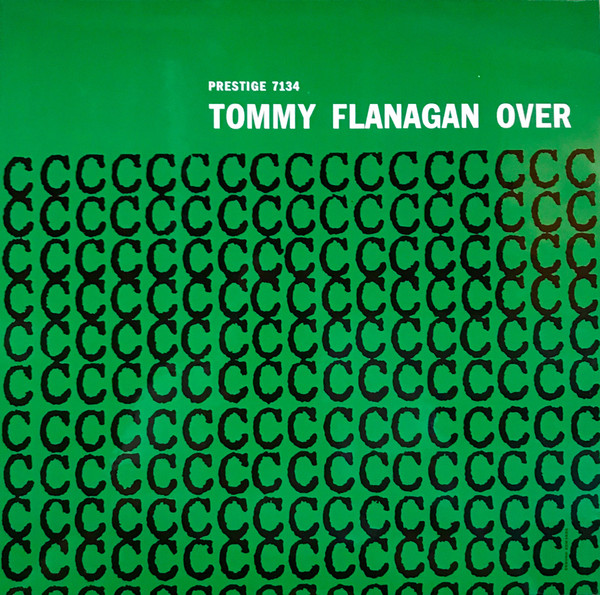
ARTIST
Thomas Lee Flanagan (1930 – 2001) started on the clarinet and ended up at the piano. He was an important part of the Detroit jazz scene until he moved to New York in 1956. He did sessions as a leader for New Jazz, Prestige, Savoy, and Moodsville and worked regularly with Oscar Pettiford, J.J. Johnson, Harry “Sweets” Edison, and Coleman Hawkins. He also played on that Art Farmer record I reviewed in RPJR#17.

Tommy Flanagan was Ella Fitzgerald’s regular accompanist for a period of almost 12 years between 1963 and 1978. Working in the shadow of ‘Lady Ella’ took some of the spotlights off him as a soloist.

His discography comprises more than 36 albums under his own name and more than 200 as a sideman. There is an article on NPR where he is described as ‘the poet of the piano’ which I think is apt. I do have to note that the author makes a mistake by saying that his first album as a leader was ‘Trinity’, an album that came out later in 1975. Lastly, here is a nice interview in JazzTimes in case you want to get more background.
MUSIC
Overseas was Flanagan’s first title in his own name. It was recorded in Stockholm, Sweden on August 15, 1957, whilst touring Europe.
There’s something special about the jazz trio. The most minimal and intimate form of jazz – it’s between you, the listener, and three other guys (m/f :-). Piano, bass and drums. Piano typically takes the lead, but there is far more room for bass and drums to shine than when brass (saxophone, trumpet, etc) is involved. Put in a different way, in a jazz trio, there is nowhere to hide.

The trio form also invites you to really listen. It’s not background music. Of course, you can do whatever you want 🙂 but to appreciate the interplay and the intricacies of the trio you need to take your time. Listen to one side only, for example, just take 20 minutes and really listen. Listen to how a bass note supports a chord on the piano. How the drum fills in the blanks and carries the tune. Or sometimes the reverse, where the comping on the piano just serves to keep a faint memory of the song’s melody alive during a bass solo.
It’s been years since I listened to this record – it’s excellent. It has a nice variety of tempos and some jazz standards, but mostly songs written by Tommy Flanagan himself. But it’s the detail of the interplay between the musicians that counts. There is much more going on that you might realize upon a first listen and you will definitely get more out of it if you try to listen for the details.
Here’s your “try before you buy” youtube link
RAW MUSIC STORE
This record is available online at the RAW MUSIC Store site for an agreeable 90AED. Surprise……when you buy this album and open it up you’ll find the analog version of an easter egg, left in there and forgotten I guess by some previous Japanese owner…
PERSONNEL
- Tommy Flanagan, piano
- Elvin Jones, drums: a star in his own right, Elvin Jones played in John Coltrane’s quartet (My Favorite Things, A Love Supreme, and others) and with Miles Davis and Sonny Rollins. A Blue Note star.

- Wilbur Little, bass: Wilbur Little became known after a three-year stint with J.J. Johnson’s quintet (1955-1958). He never did his own albums but worked with many of the jazz greats. In 1976, he visited Japan with Duke Jordan and moved to Amsterdam in 1977 where mainly performed in the local jazz scene.
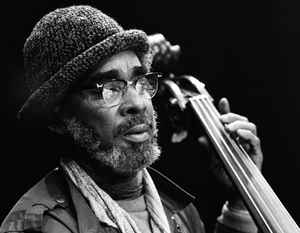
TRACKS
All pieces written by Tommy Flanagan unless otherwise noted.
- A “Relaxin’ at Camarillo” (Charlie Parker) – 3:21
- A “Chelsea Bridge” (Billy Strayhorn) – 3:46
- A “Eclypso” – 6:00
- A “Beat’s Up” – 4:22
- A “Skål Brothers” – 2:33
- B “Little Rock” – 7:08
- B “Verdandi” – 2:15
- B “Dalarna” – 4:44
- B “Willow Weep for Me” (Ann Ronell) – 6:29


